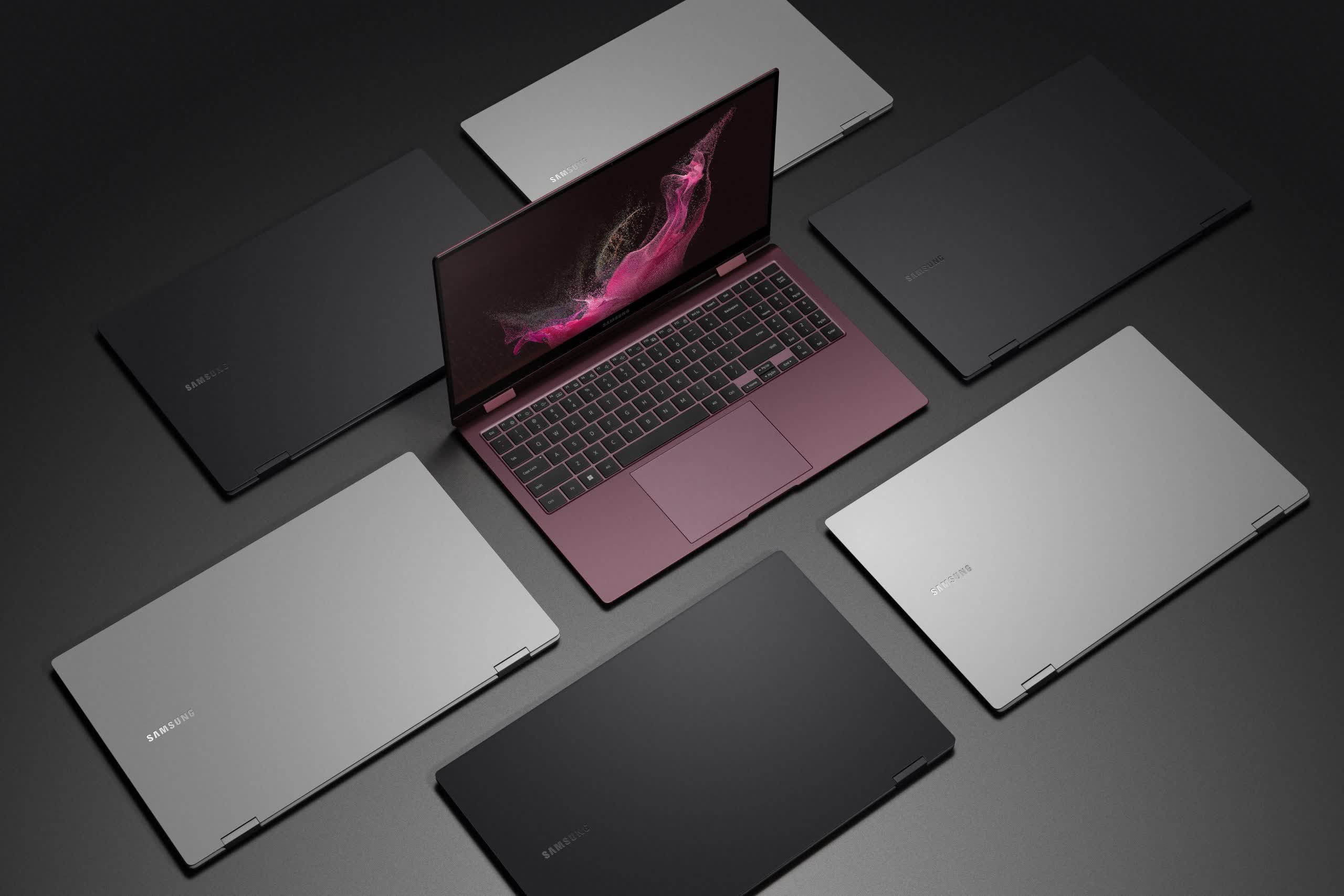vannvicente
Posts: 12 +0
What just happened? Intel slated its Arc dedicated laptop GPUs for release at the end of March, but a seller accidentally revealed one Arc-powered computer before the lineup's release date. An online retailer briefly created then removed a listing for the Samsung Galaxy Book 2 Pro, a 12th-generation Intel ultrabook with an Arc graphics card.

Someone on Twitter spotted a product page on US retailer B&H Photo Video's website that listed a 15.6-inch Samsung Galaxy Book 2 Pro for sale earlier this week. Its specs include a 12th-generation Intel Core i7 processor, 16GB of 6400 MHz LPDDR5 memory, and an unnamed Intel Arc graphics chip, selling for $1,350.
The listing appeared to be an error, as the page disappeared after the news broke. The accidental reveal of the Intel Arc-powered laptop coincided with the release of the rest of the Samsung Galaxy Book 2 lineup, all of which feature 12th-generation Intel processors.
B&H Already selling Intel ARC Graphics Laptop pic.twitter.com/CbY7k9StEg
— Evan Stenger (@TheMalcore) March 17, 2022
Earlier this week, Team Blue revealed that it would be launching the Arc Alchemist GPUs on March 30, in a special event titled "A New Stage of the Game." This early listing confirms that Samsung's Galaxy Book 2 Pro will be one of the first laptops to ship with the new cards.
Intel has received flack for repeatedly delaying the release of their dedicated graphics cards. We expect its desktop lineup to hit the market in May or June.
The Galaxy Book 2 Pro will likely be powered by an Intel Arc A370M, which Intel vice president Lisa Pearce said would be the first to hit the market. The chipmaker designed the A370M for thin and light laptops. It supposedly delivers twice the performance of Intel Iris Xe integrated graphics without heating issues or heavy power consumption.
The Samsung Galaxy Book 2 Pro weighs under 2.5 pounds, which is remarkably light for a 15.6-inch laptop with a dedicated GPU. This evolution could signal exciting times for those looking for gaming-capable laptops without the bulk.
https://www.techspot.com/news/93848-intel-arc-powered-laptop-gets-listed-removed-weeks.html